Silicone rubber differs from other polymers in that it does not have a carbon backbone, but a Si-O-Si backbone. Also, even though it is a polymer, silicone rubber acts like an elastomer; it can be very flexible and elastic. Read More…
RD Rubber Technology Corp is an ISO 9001:2015 / AS9100:2016 certified and ITAR registered company. We offer compression, transfer, injection and Liquid Injection molding, rubber to metal bonding, engineering support, tooling design, machining and more. Our customers rely on us to give them the best possible production solutions for rubber molding. From aerospace to medical, food processing to...
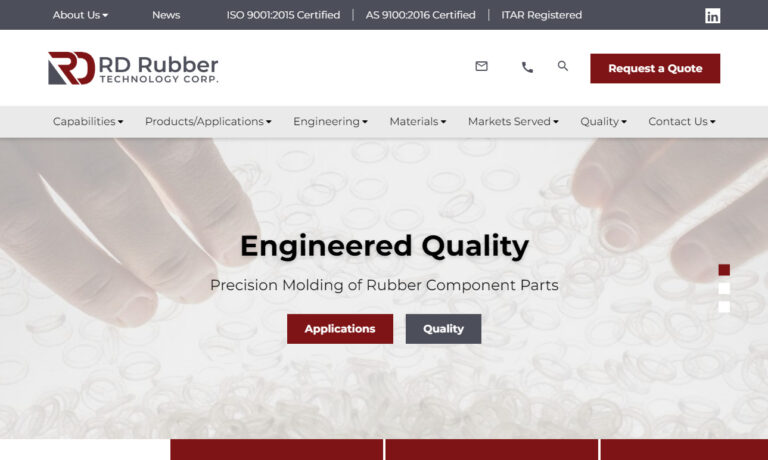
If you have a need custom rubber molding for products with a fast turnaround, Britech Industries is the company you need to call. We do molded, extruded and die cut rubber – of various products and in the colors and compounds you need.
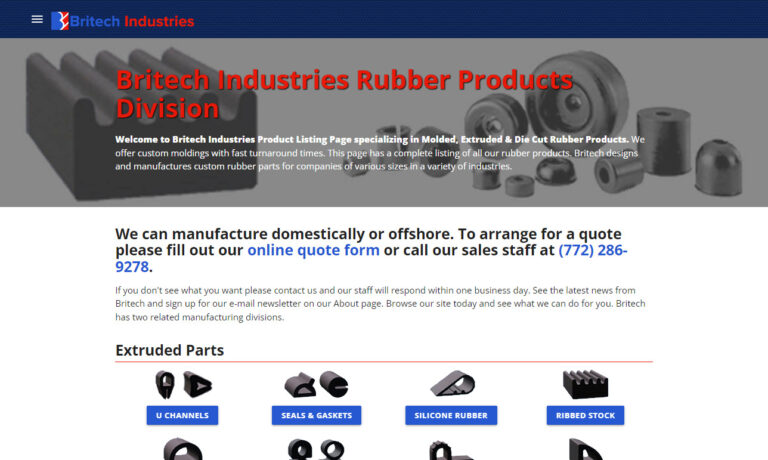
With more than a century of manufacturing experience, Pierce-Roberts Rubber Co. is your source for custom molded rubber products.
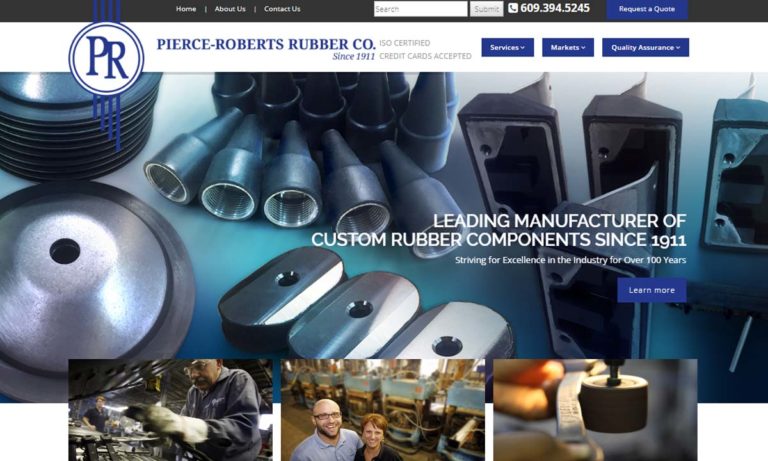
Rubber molding is what we do best. We believe in offering our very best to all customers no matter how large or small. For over 65 years we have pushed the boundaries of what we do and continue to improve our products and customer service every day.
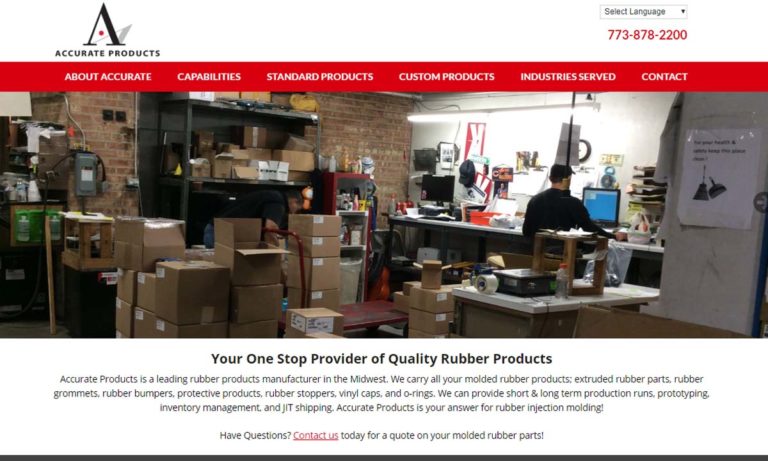
REDCO Rubber Engineering & Development is your complete source for rubber molding products, including rubber rollers, die-cut gaskets, and custom rubber products to suit your application.

Mason Rubber is a full-service organization assisting in the designing or reverse engineering of custom product to fulfill your production requirements.
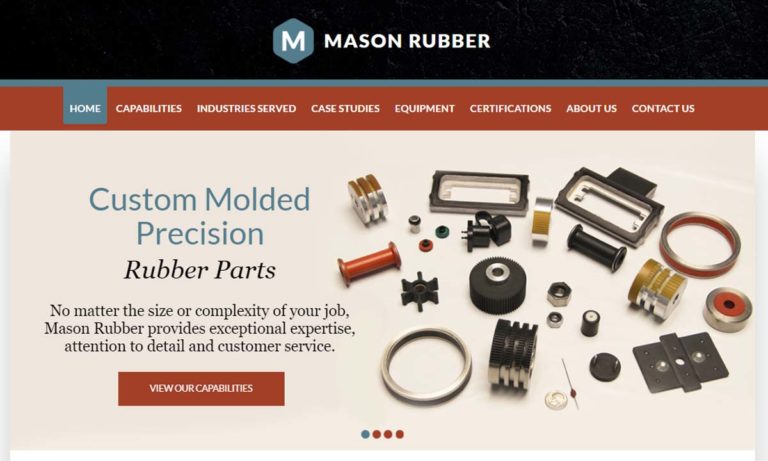
Kent Rubber Supply leverages our experience, innovation and continuous development to ensure our customers get the best products. We specialize in small to large batch production runs of molded rubber parts, allowing us to offer ultimate customization when it comes to a wide variety of specs. Our products vary in shapes, sizes and wall thicknesses in materials such as PVC and urethane. Both...
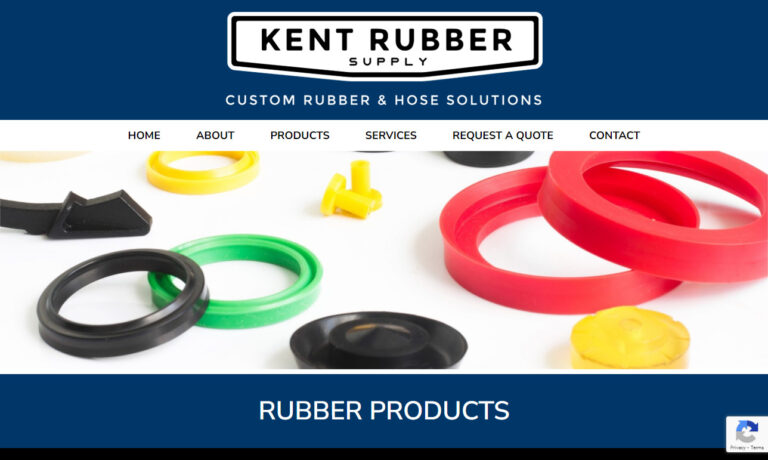
Spring-Fast Grommets with fusion bonded nylon & a polymer cushion prevent wire chafe & give you best in class performance, 49% install savings & a 9.5x efficiency improvement. The nylon clad metal substrate snaps on with finger pressure & self locks - eliminating adhesives & the old slow & costly gluing process. It is used widely used in across the OEM & contract manufacture sectors. ISO...
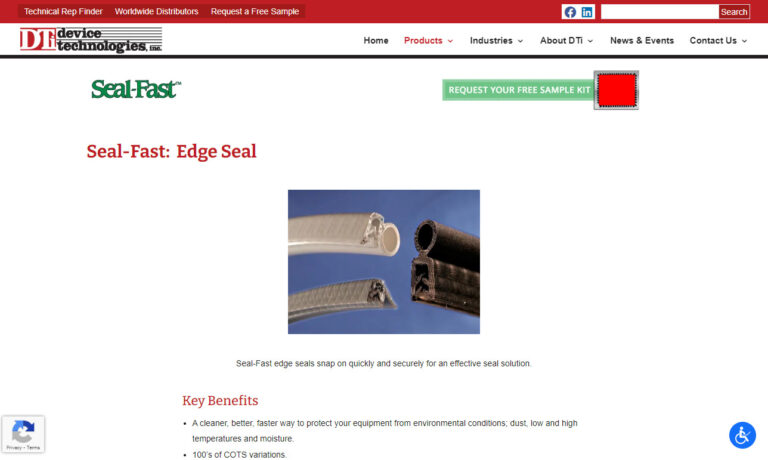
At Dynatect Ro-Lab, Inc., we pride ourselves on our expertise in rubber molding, offering a comprehensive range of solutions to meet diverse industrial needs. With a rich legacy in the field, we have honed our capabilities to excel in both large and small parts in either low- or high-volume.
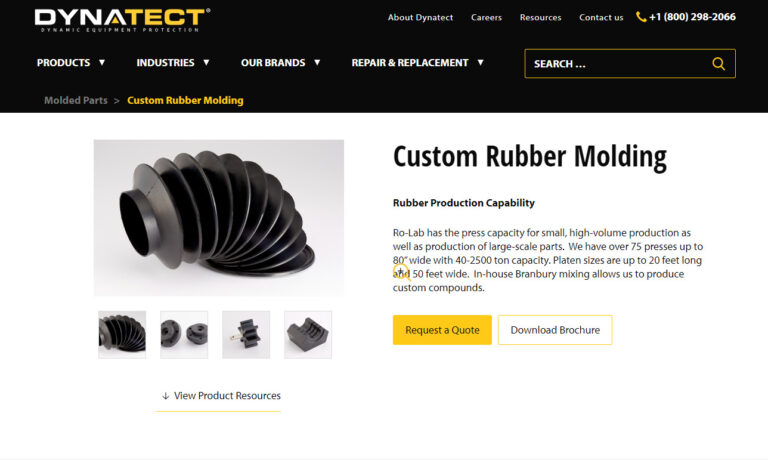
Jet Rubber Company, employee-owned, offers custom molded rubber and rubber to metal components. They offer rubber molding in a wide array of standard rubber products as well as custom options for those more complex and difficult jobs.
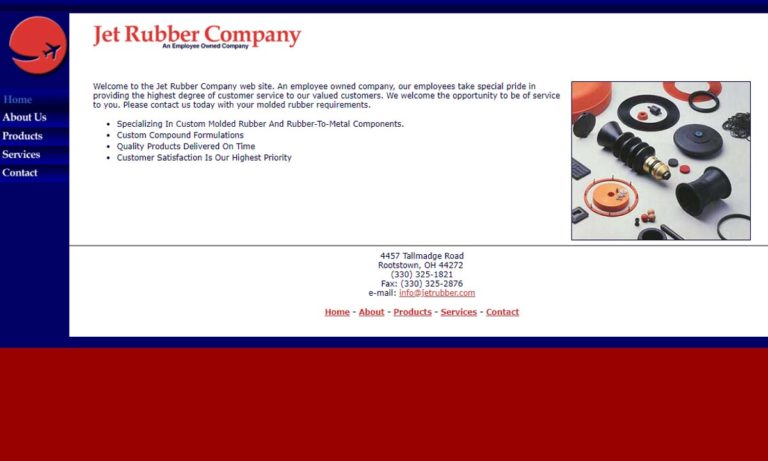
More Silicone Rubber Molding Companies
Silicone rubber can be engineered in many different grades. These grades distinguish themselves from each other in terms of their respective qualities of steam resistance, electrical conductivity, flame resistance, metal detectability, chemical resistance and other physical properties.
Most silicone rubber varieties share in common naturally-occurring qualities of high electrical insulation, resistance to extreme temperatures, chemical inertness and resilience in harsh environments.
Silicone rubber can be molded into an unending list of indispensable products that are used across industry and commerce; medical devices, gaskets, lab instruments, automotive heating hoses, shaft sealing rings, door seals, o-rings, spark plug caps and rubber grommets can all be made using the silicone rubber molding process.
The aerospace, medical, automotive, construction, electronics, appliance manufacturing, architecture, petrochemical and pharmaceutical industries all make use of silicone rubber products.
Silicone rubber molding is accomplished in five different ways: cast molding, injection molding, compression molding, transfer molding and dip molding.
The cast molding process involves pouring silicone rubber in its liquid form into an open mold, which is a hollow cavity in which the silicone rubber solidifies and takes shape. The injection molding process involves a collection of raw silicone rubber, which is melted in a long channel by friction caused by a large, turning screw. Once molten, the silicone rubber is injected into a mold cavity that gives the rubber its shape, after which the silicone rubber cools and hardens.
In compression molding, silicone rubber is preheated and squeezed into a heated mold cavity. Pressure is then applied to force the silicone rubber into contact with every mold surface, which creates a precisely-molded finished product. The transfer molding process involves a plunger-like device built into a mold. First, the silicone rubber is injected into the mold's cavity through small holes, after which a piece of uncured silicone rubber is placed in a chamber.
The mold is closed and hydraulic pressure is used to force the silicone rubber through a small hole into the cavity. The mold is held closed while the silicone rubber cures. Lastly, in dip molding silicone rubber is kept in a liquid state while heated and primed aluminum or steel molds are dipped into the liquid silicone rubber from an overhanging rack.

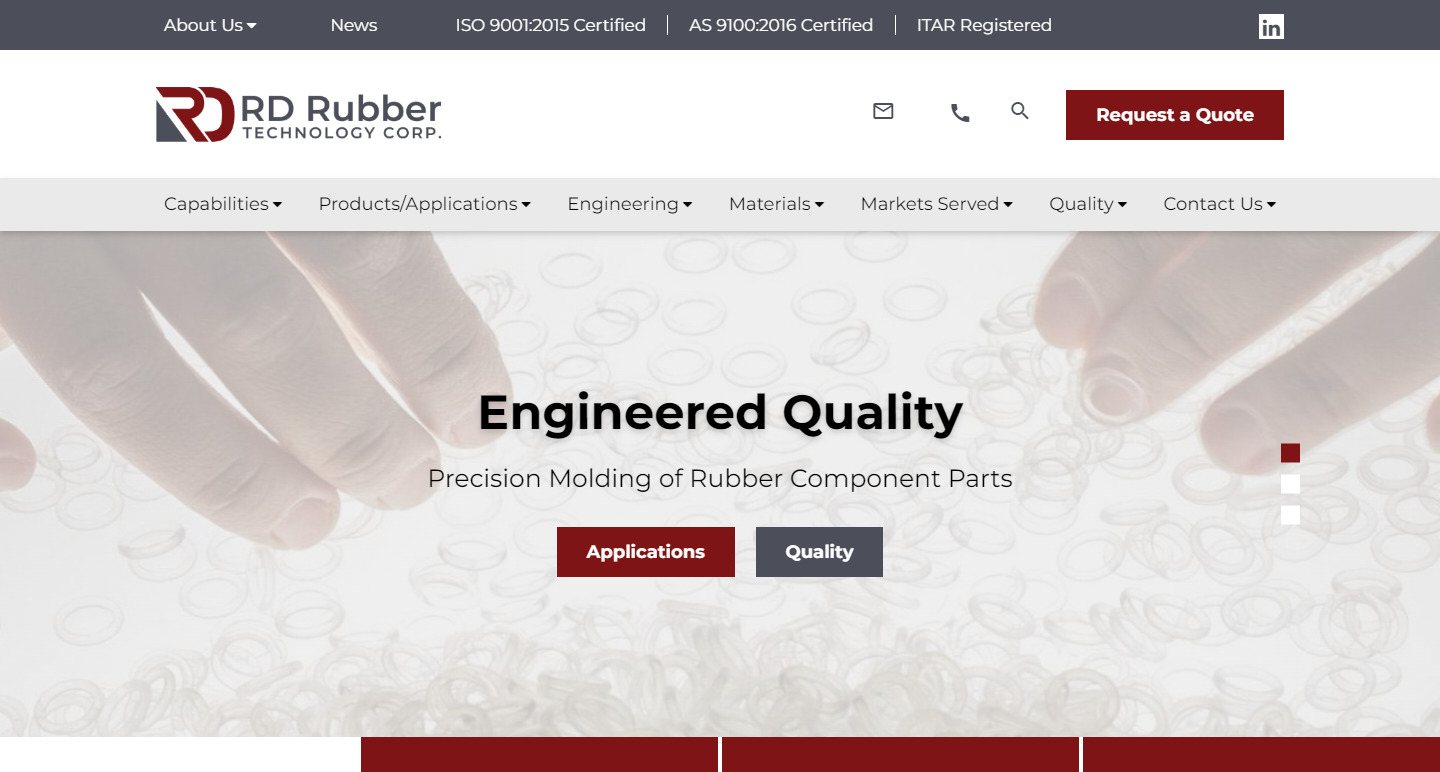
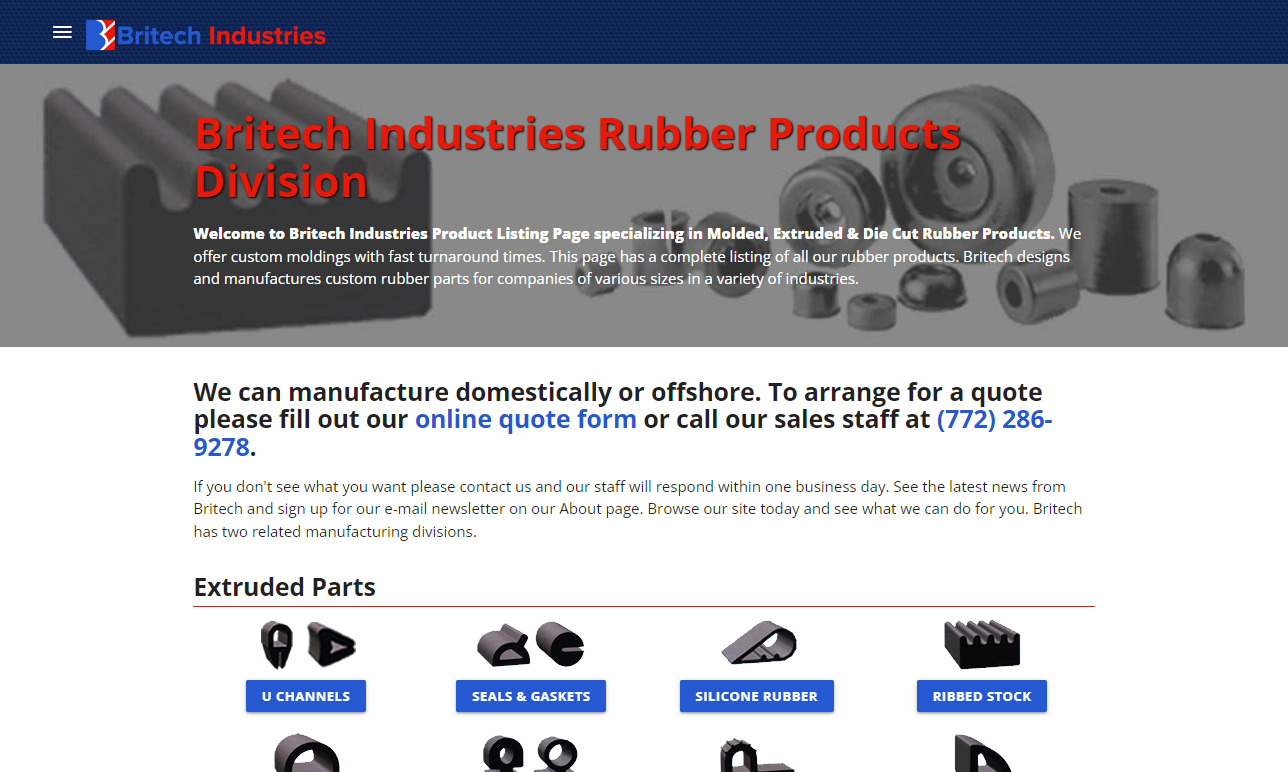
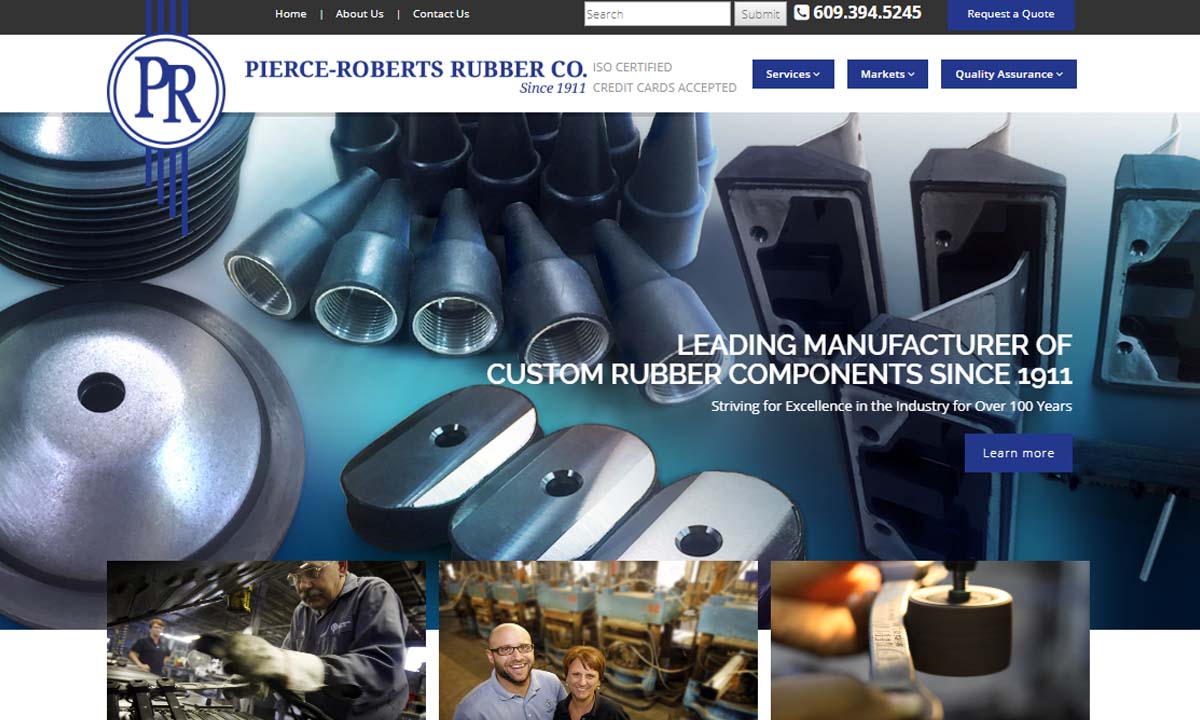
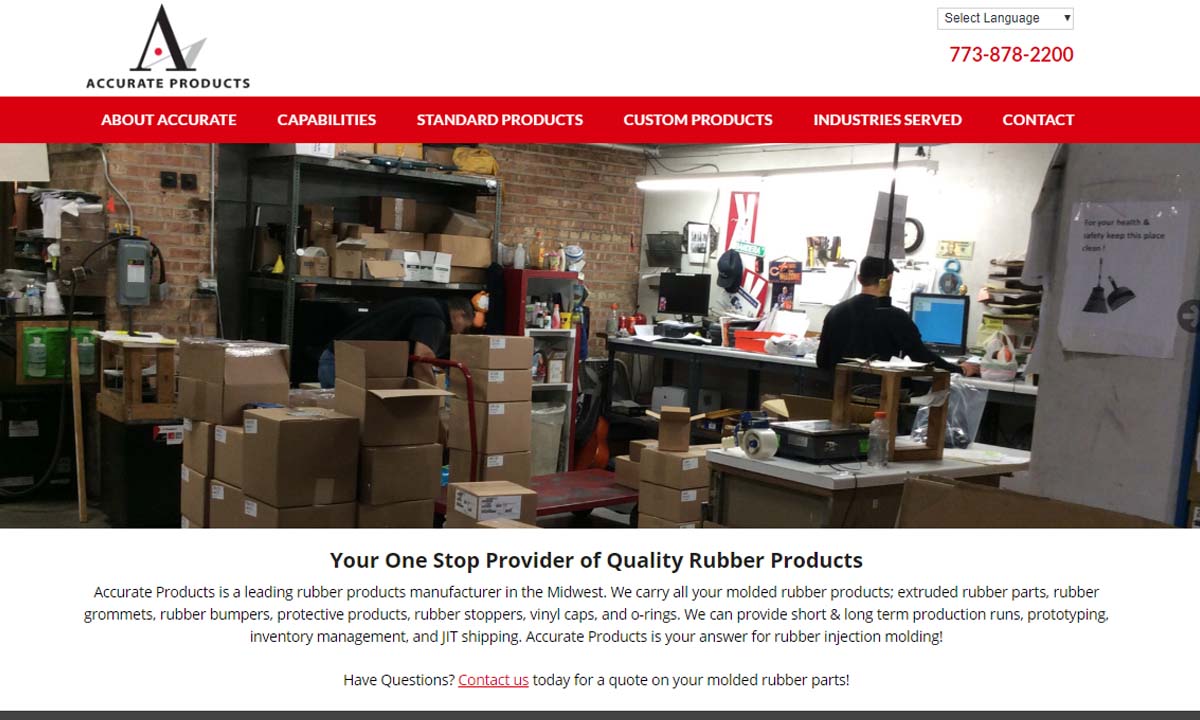
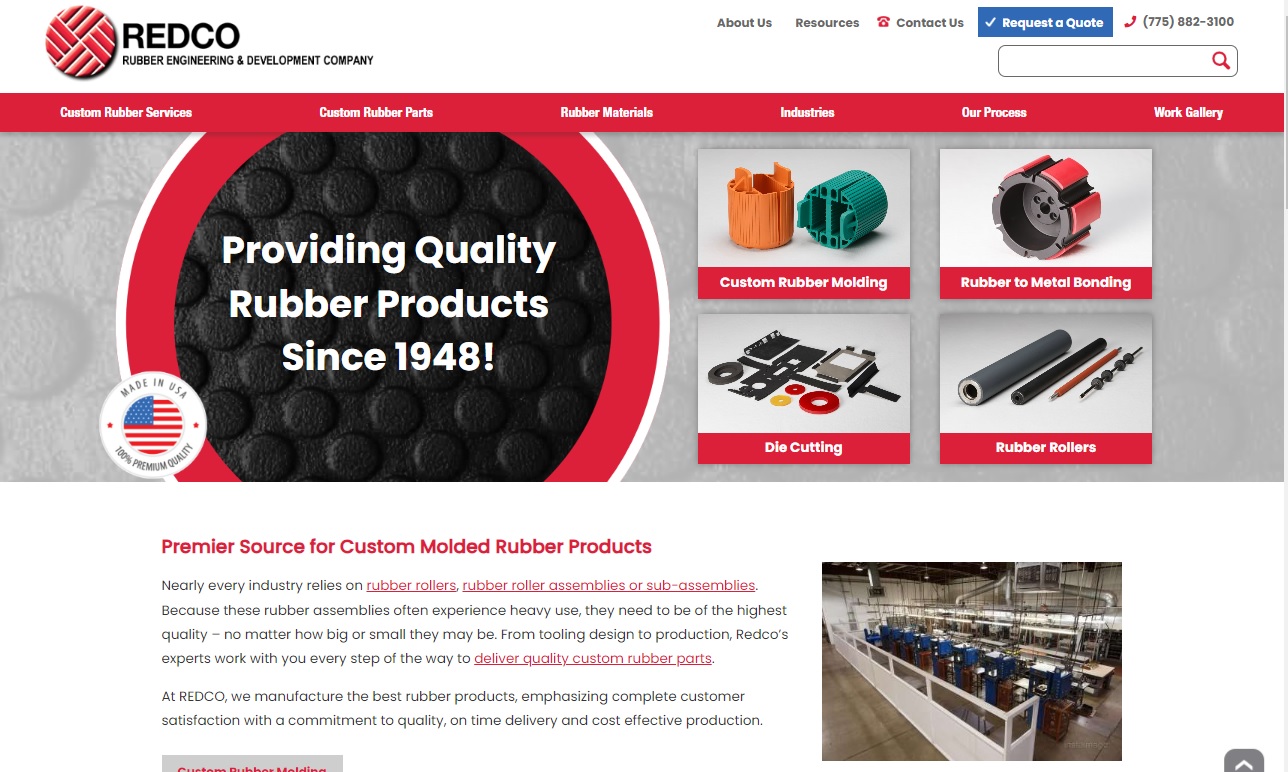
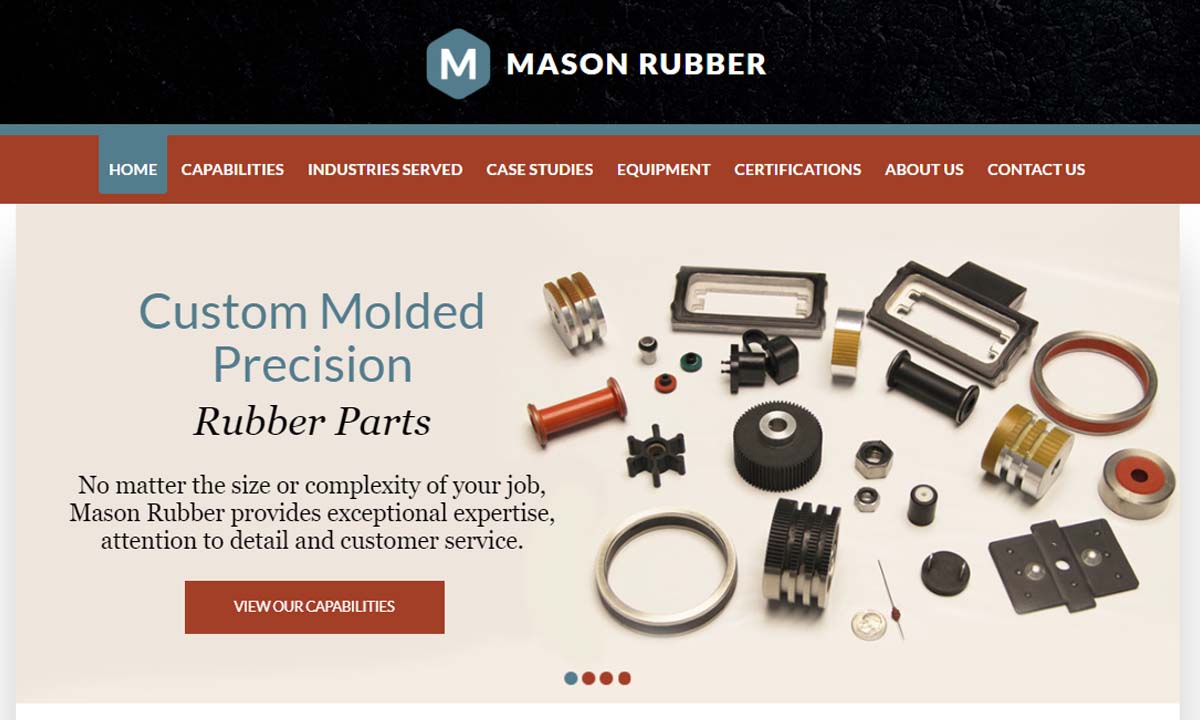
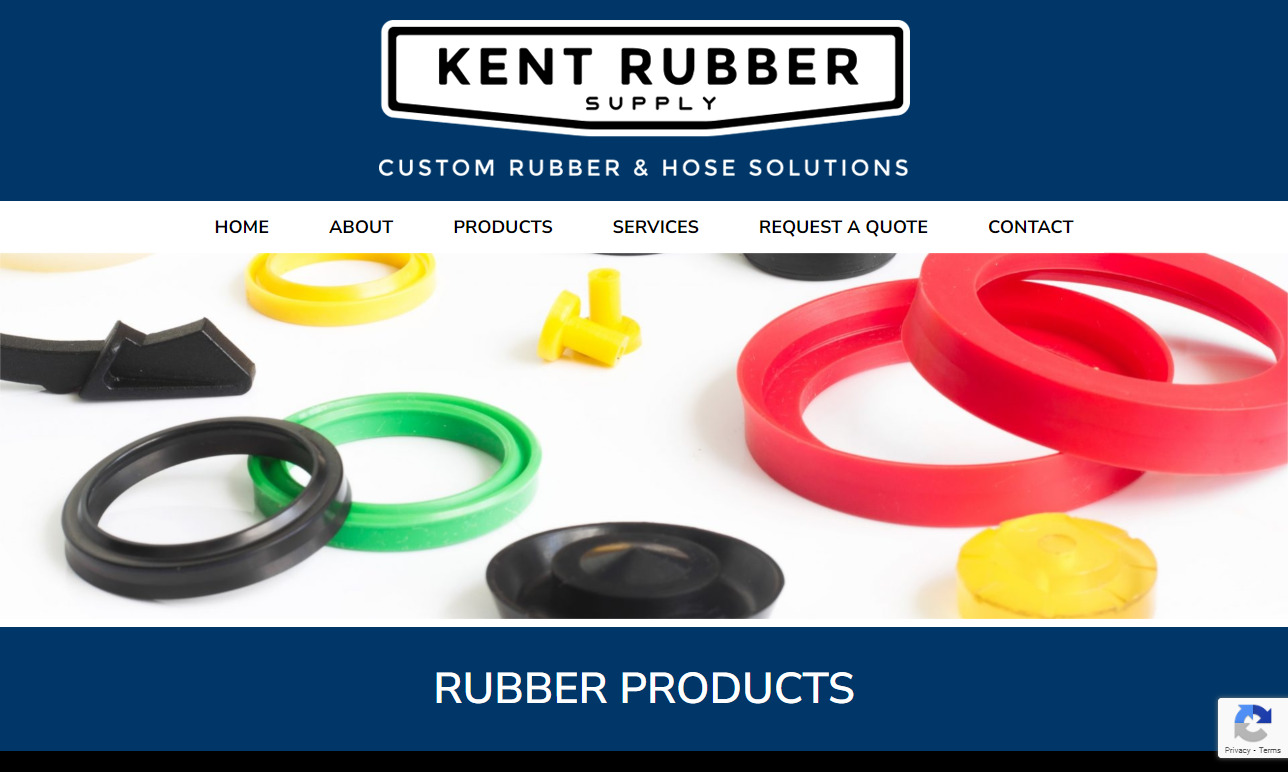
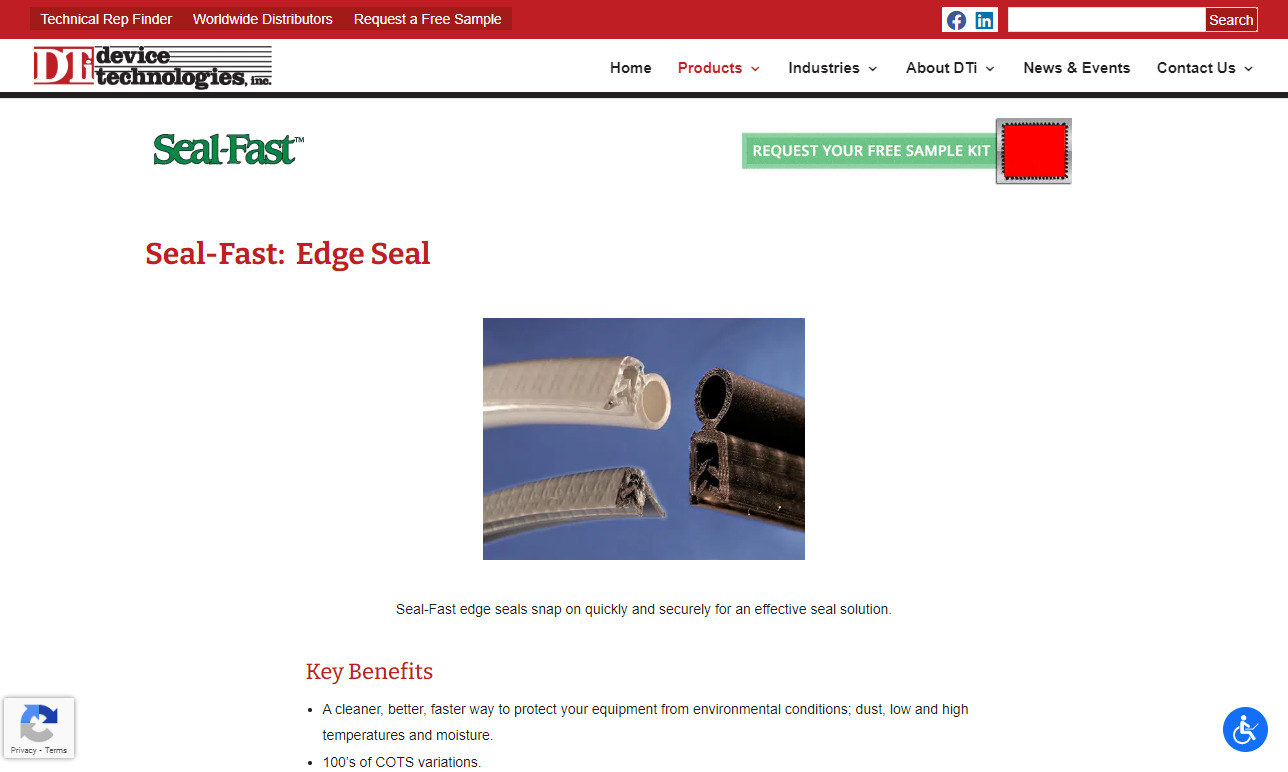
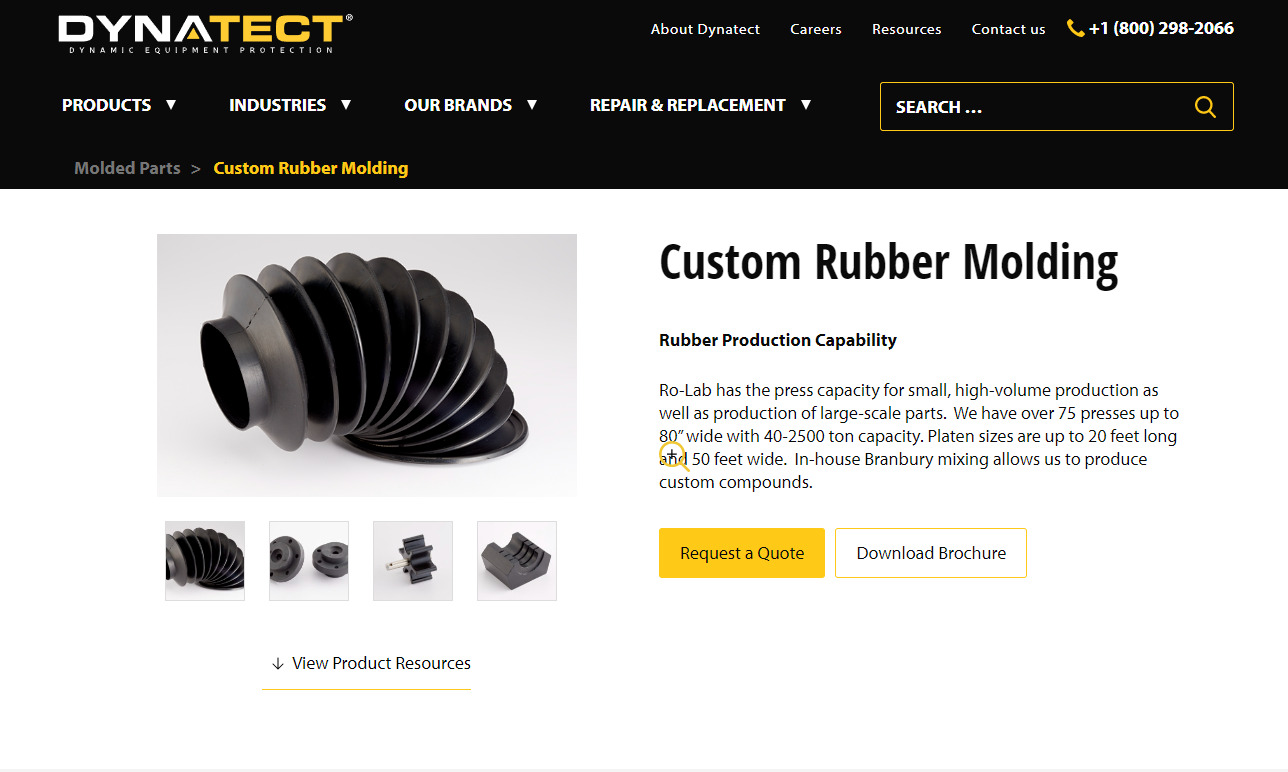
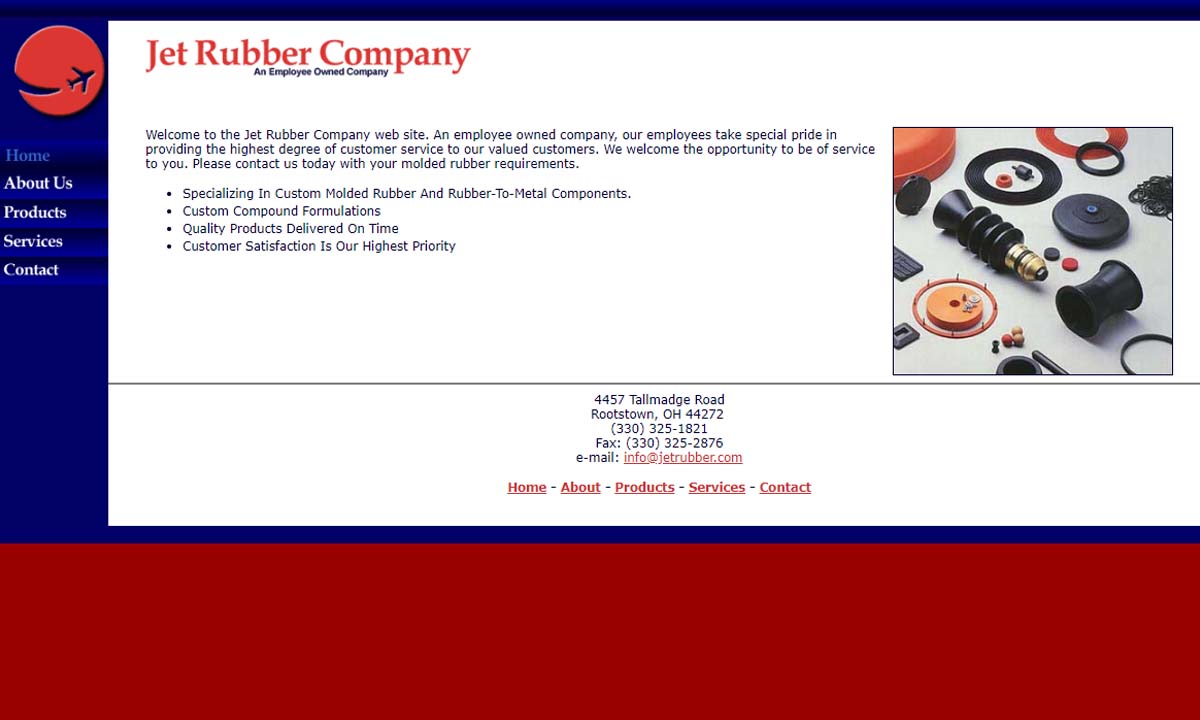
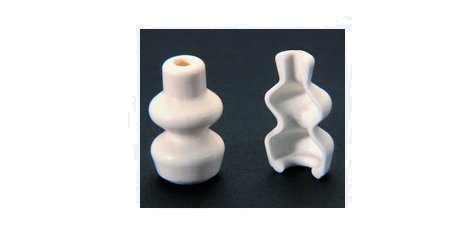
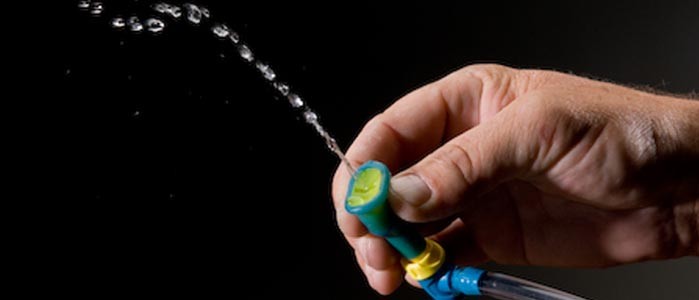











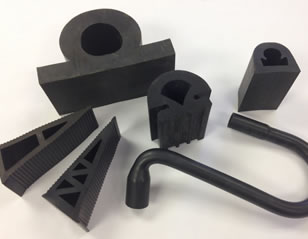 Rubber Extrusions
Rubber Extrusions Rubber Molding
Rubber Molding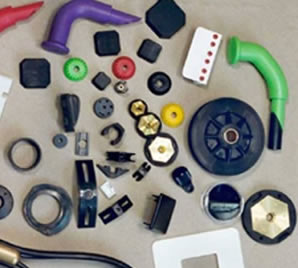 Rubber to Metal Bonding
Rubber to Metal Bonding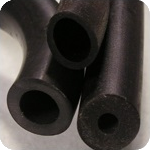 Rubber Tubing
Rubber Tubing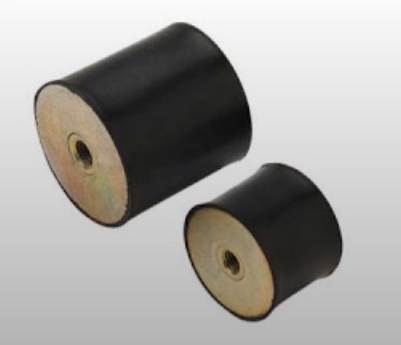 Vibration Absorbers
Vibration Absorbers Castings & Forgings
Castings & Forgings Bulk Material Handling
Bulk Material Handling Electrical & Electronic Components
Electrical & Electronic Components Flow Instrumentation
Flow Instrumentation Hardware
Hardware Material Handling Equipment
Material Handling Equipment Metal Cutting Services
Metal Cutting Services Metal Forming Services
Metal Forming Services Metal Suppliers
Metal Suppliers Motion Control Products
Motion Control Products Plant & Facility Equipment
Plant & Facility Equipment Plant & Facility Supplies
Plant & Facility Supplies Plastic Molding Processes
Plastic Molding Processes Pumps & Valves
Pumps & Valves Recycling Equipment
Recycling Equipment Rubber Products & Services
Rubber Products & Services